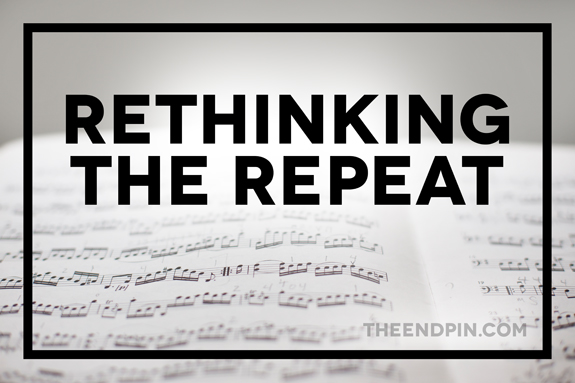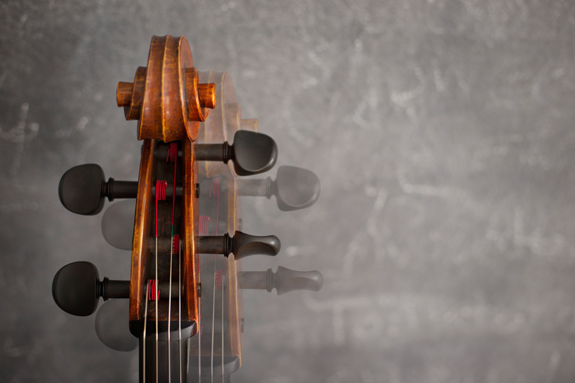Frankly, I've found this bit of musical advice completely unhelpful!
1. It’s impossible NOT to do it differently the second time
2. "Different" isn't good in itself, and different for difference's sake is meaningless

I'd like to propose another way of thinking about the repeat. Instead of treating repeated music as “the same thing, but different,” interpret the repeat using the emotional baggage your music would have accumulated the first time through.
To demonstrate what I'm getting at, consider speech. How would you communicate differently if you had to repeat yourself?
"I can't believe you did that! I can't believe you did that!!"
A toddler screaming "no no NO NO NOO!"
Whether it's a heavier emphasis on "believe" or a crescendo on "no," when we repeat ourselves in speech we use timing, dynamics, and articulation to communicate our emotions and intentions. Repetition is a device for communication, not a superficial chance to hear ourselves again.

To put it another way, performing with emotional baggage creates an emotional narrative.
The possibilities for that narrative can be endless, and the repeat can become part of a larger arc instead of just another possible interpretation. Has the wailing grief subsided into shocked numbness? Has the playfulness taken on a more mischievous tone, trying to toy with the listener instead of play with them? Instead of wondering how the music can sound different, ask how you can make the music sound like an authentic reaction.
Repeating can be a chance for us to dive more deeply into our music's narrative, to explore nuance, and reveal deeper emotional understanding.

Such a beautiful way to think about it, Jen!
ReplyDelete<3 Mad
Heello nice post
ReplyDeleteGrateful for sharing thiss
ReplyDelete